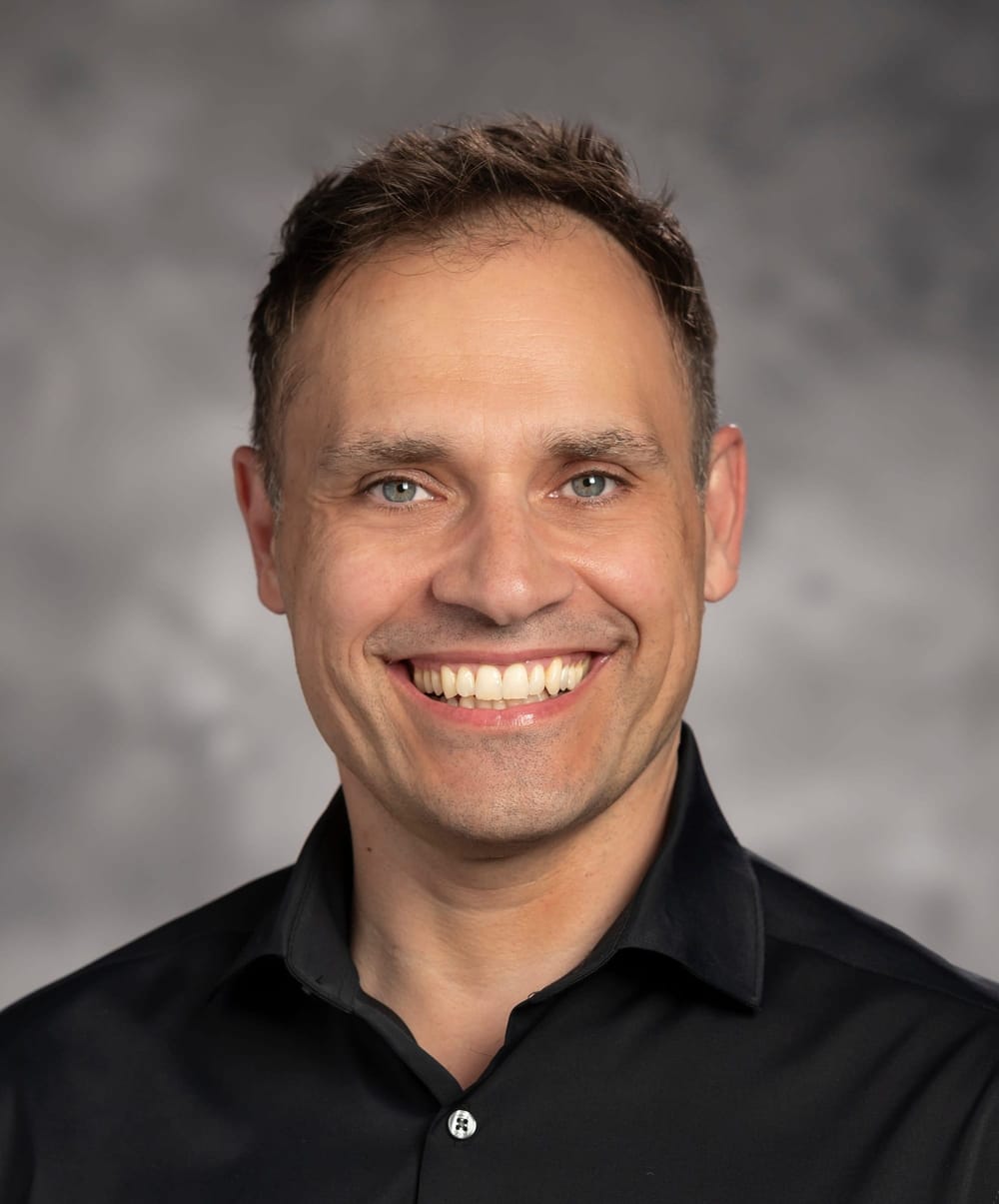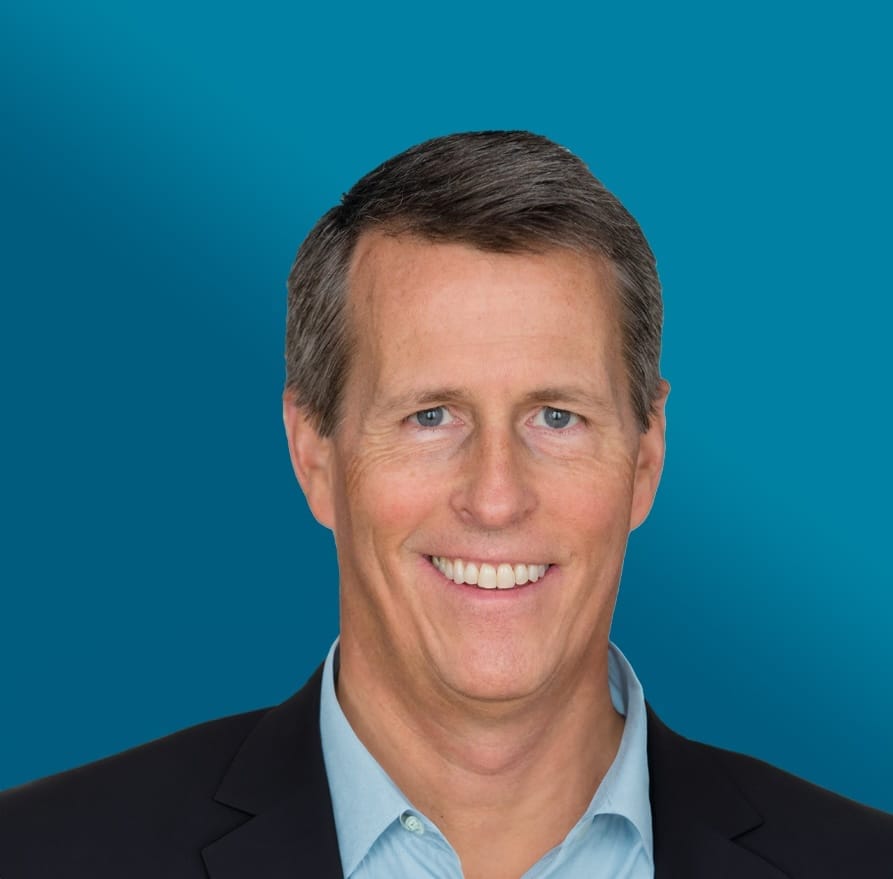Why We Exist
For fifty years, venture capital was the engine of innovation. It funded the semiconductor revolution, commercialized the internet, and scaled global platforms. But the system that once served founders and society has collapsed into something extractive. The venture industry no longer builds companies. It manufactures valuations.
Today:
This is not a cyclical downturn. It is an extinction-level event.
"We could no longer play along with venture capital's collective delusion."
— John Cowan & James Thomason
Next Wave Partners was built in response to this collapse. We believe the future of innovation cannot rely on a model that demands 100 failures for every one "unicorn." The power law logic of venture capital has reached its breaking point.
Our philosophy:
Companies should be built to last, not liquidated at the convenience of fund cycles.
Capital should amplify innovation, not constrain it.
Founders should keep control, not be replaced at the first sign of friction.
Investors should see liquidity tied to real performance, not just paper markups.
We call this approach building forever businesses.
The Venture Studio + Safer Capital
At our core, we are a venture studio: we originate, build, and scale companies hand-in-hand with founders and operators. Unlike accelerators or funds, we stay engaged over the long term, helping companies compound value rather than burn through it.
To support this, we designed the Safer instrument (Simple Agreement for Future Equity with Repurchase). It's a hybrid of equity and revenue-based financing that creates alignment, predictability, and resilience.
Founders: Capital without ceding control.
Investors: Quarterly revenue participation and equity upside.
Companies: Freedom to grow sustainably, without artificial "Series A sprint" pressures.
What We're Building
Next Wave Partners is not a single studio. It is an evolving system of venture clusters. Each cluster focuses on domains where structural change is inevitable:
Intelligent Infrastructure
Digitizing energy, water, mobility, and logistics.
Applied AI
Building revenue-first applications, not speculative wrappers.
Sustainable Industry
Climate-critical solutions that require patient, aligned capital.
We bring shared governance, capital structuring, and operational systems to each cluster, while letting specialized teams drive execution.
Our Team

John Cowan
Founding Partner
20+ years building technology companies. Author of Venture Capital 2.0. Former CEO who's been in the founder's seat.

James Thomason
Founding Partner
25+ years Silicon Valley technologist. Former CTO at Gale and Dell. Creator of the Safer instrument and the long waves investment framework.

Ben Buettell
Managing Partner
35+ years M&A banking and venture capital. Co-founder of R7 Partners. Advisor to public and private boards across multiple sectors.
The Future We See
If venture capital's legacy is a graveyard of unicorn carcasses, our ambition is different. We want to leave behind a portfolio of profitable, enduring companies. Businesses that create employment, infrastructure, and shareholder value measured in decades, not markups.
The collapse of the old model has created a capital gap exceeding $30 billion. Whoever builds the new architecture for innovation finance will define the next half-century.
Next Wave is building that architecture.
Join Us
For Founders
If you're tired of chasing the venture hamster wheel and want a partner who builds alongside you.
For Investors
If you're seeking aligned returns and exposure to the companies of the future.

